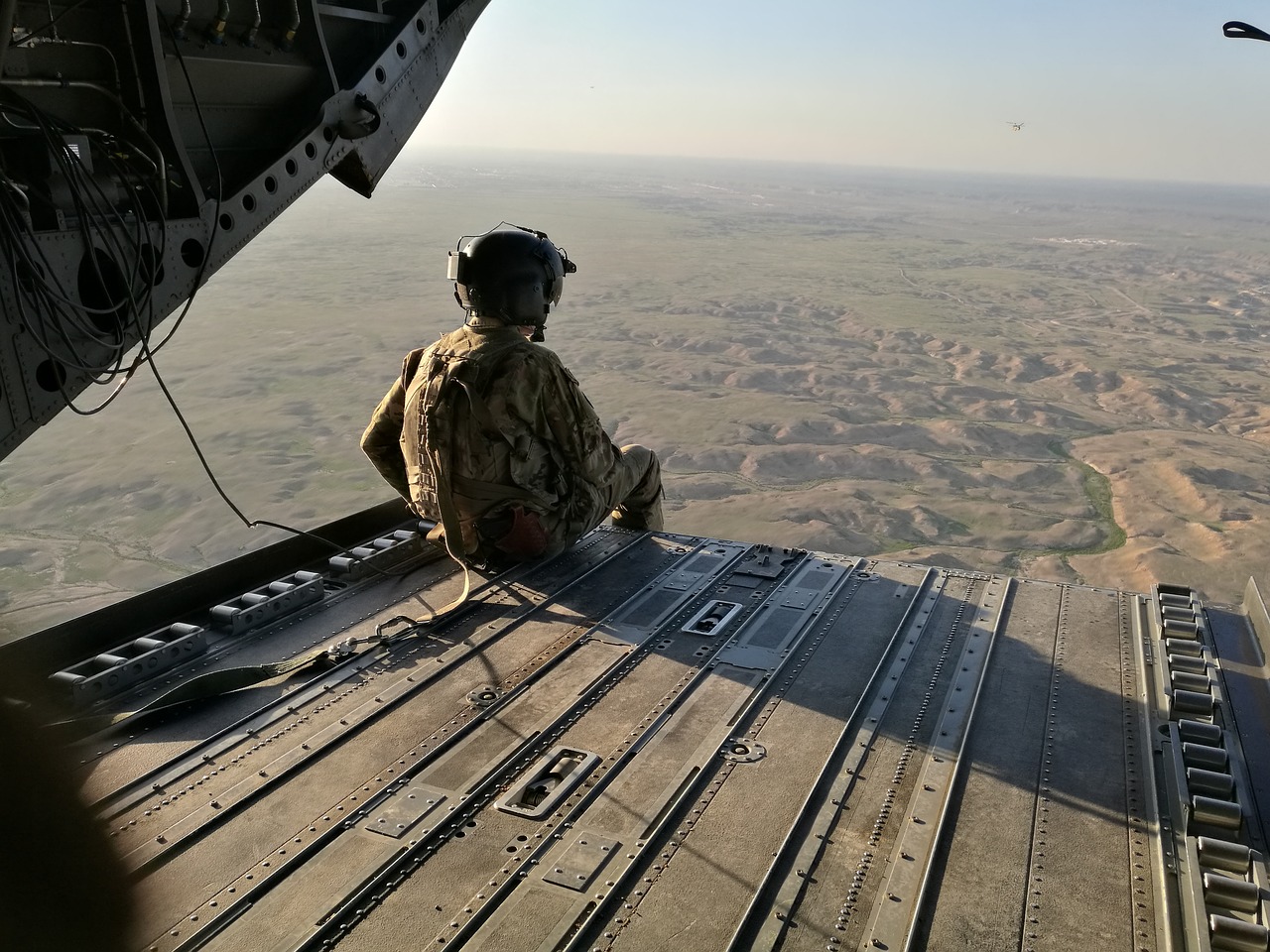By Joseph Oot
Veterans nationwide are filing lawsuits against the military equipment manufacturer 3M, after a July 2018 verdict concluded the company’s dual-ended Combat Arms Earplugs Version 2 (CAEv2) were defective. The verdict in this whistleblower lawsuit, filed by Moldex-Metric on behalf of the U.S. government, paved the way for service members seeking legal restitution.
This case began three years ago in May 2016 when Moldex-Metric, a California-based company in the military equipment industry, brought charges against their competitor, 3M. The plaintiff claimed that the original manufacturer of the CAEv2 devices, Aearo Technologies which was purchased by 3M in 2008, colluded to manipulate product tests and falsify data in order to achieve government standards and sales. Moldex-Metric was able to present evidence that both Aearo and 3M continued to sell the defective devices for more than 10 years, even though the devices were found to be too short, a defect that made the equipment difficult to properly insert in the ear. As a result, the devices were loose fitting, prone to fall out, and inadequately provided the level of protection claimed by the manufacturer.
After years of litigation, 3M agreed to settle the allegations in July 2018. 3M was ordered to pay the U.S. government $9.1 million in damages—but none of these damages compensated CAEv2 users, and 3M said this settlement was not an admission of liability. However, the verdict against 3M likely sparked the flood of class-action lawsuits filed since then.
More than 300 lawsuits have been filed by service members seeking restitution. Retired U.S. Marine Capt. Matt Morrison of New Jersey is one such service member who in February 2019 filed his case against 3M. He says the CAEv2 devices were the direct cause of the complete hearing loss he has sustained in his right ear. While deployed between 2007 and 2013, including two tours of Iraq and one of Afghanistan, he was frequently exposed to loud equipment, machinery, gunfire, and explosions.
Along with thousands of other service members, Morrison says he came to rely on the standard-issue hearing protection as much as a bulletproof vest. "The gear you're issued is everything from a helmet to a flak jacket, eye and ear protection. I never thought that, after the fact, the gear would be faulty or defective and cause this kind of injury," Morrison told a local news reporter.
Like Morrison, active duty military members are exposed to machinery, aircraft, and sudden weaponry blasts leaving their ears susceptible to noises as loud as 184 decibels (dBA). Sounds at or above 110 dBA can cause permanent hearing loss and tinnitus instantaneously without hearing protection. The U.S. Department of Veterans Affairs reports tinnitus and hearing loss are the most common disabilities among veteran service members, with 60 percent of those who served in Iraq and Afghanistan living with one or both of the conditions today.
Both the military and hearing loss communities take seriously all reports of defective hearing protection, especially given the prevalence and permanence of hearing loss and tinnitus among veterans. Without a commitment to strict product performance, user testing, and data verification standards, service members will remain at risk.
Joseph Oot is a writer with ConsumerSafety.org, an organization connecting individuals with information on developing lawsuits, court cases, and recent news affecting consumers. As a consumer advocate, Oot works with both individuals and industry professionals to share helpful information surrounding potentially harmful products.


